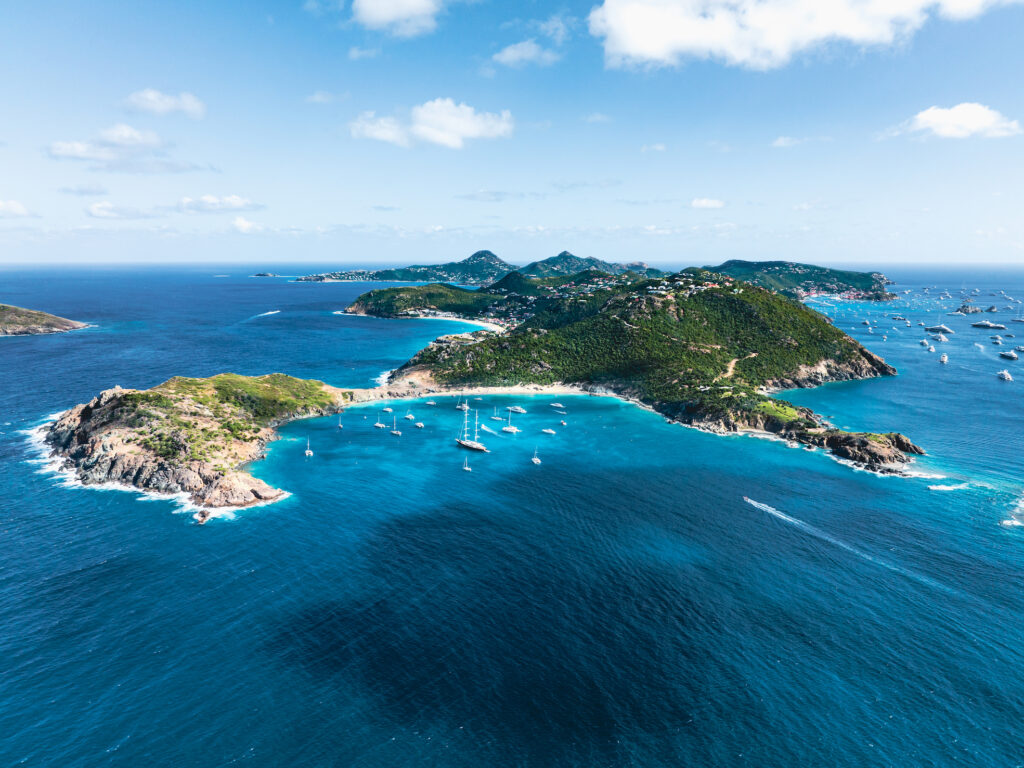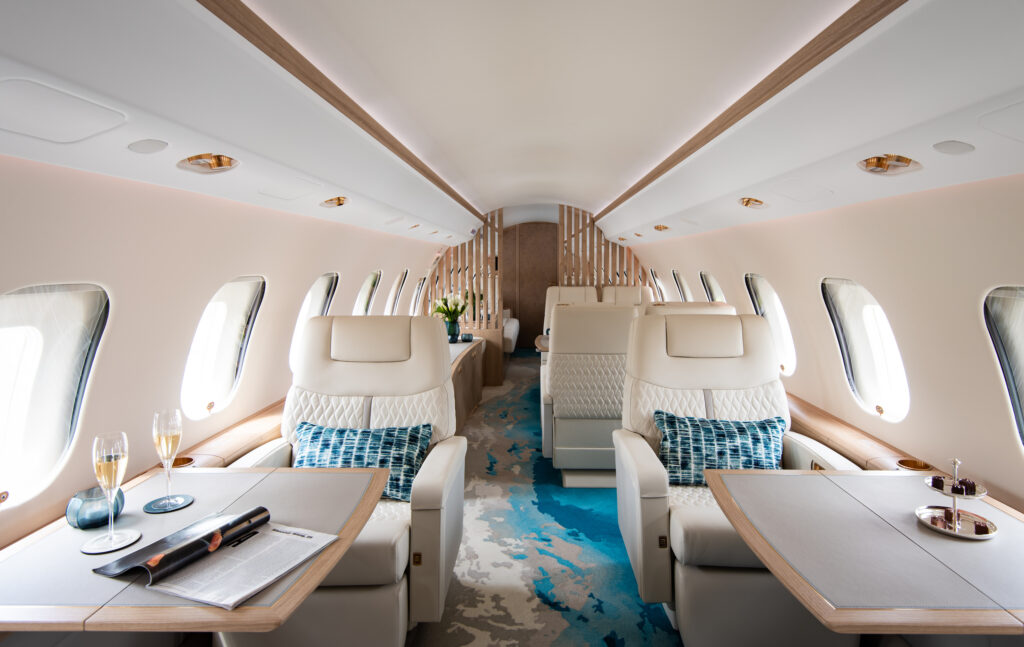Vincent Chaperon on the versatility of this style of Champagne.
Vincent Chaperon spent his childhood dreaming of the sea. The grandson of French marines on both sides of his family, he grew up near the ocean and loved sailing—which is perhaps why he figured his stint at Moët & Chandon, in landlocked Champagne, would be a short one when he started in 1999. Six years later he joined Dom Pérignon, and 25 years on he’s that label’s chef de cave, a role he assumed in 2019 after a 13-year apprenticeship under his predecessor, Richard Geoffroy. Despite the lack of open water, Chaperon has sunk his roots here—“progressively,” he notes, which is how, he says, “humans fall in love with someone or something.” For him, it goes without saying, “that’s wine.”
Named for the Benedictine monk considered the spiritual father of Champagne, Dom Pérignon is produced only in the finest years and only as a single vintage. In discussing the recently released Dom Pérignon Rosé Vintage 2009, Chaperon compares the Champagne-making process grandly to architecture: “We are creating a space starting from an emotion, a volume, a texture, a light, an atmosphere, a feeling, a personality.” The Rosé Vintage 2009 is “captivating and intensely alive,” he says, crediting the combined skill of a team that includes “vine growers, winemakers, crafters, and scientists.”
Chaperon, 49, describes each vintage as a “dialogue between the character of the year and the vision of Dom Pérignon,” though he, like others in the region, notes that climate change is making each year’s character increasingly volatile. He recalls the unusually hot and dry 2003 vintage, when grapes were harvested in August for the first time in memory; heat waves and drought have since made August grape collection the standard, potentially upping the sugar levels and lowering the acid.

HAROLD DE PUYMORIN
But Chaperon, who credits the venerable Champagne house with a fundamentally “entrepreneurial spirit” and the type of resources that “allow us to take calculated risks,” seems to welcome challenge—and the freedom to discover. “In my opinion, Rosé has even more potential than Blanc. Dom Pérignon Rosé can be stretched—it has a sense of red wine, but it’s not a red wine. It has a sense of rosé, but it goes beyond the category. It has a unique personality and great versatility in the experience, which is why we keep exploring it.”
The 2009 Rosé Vintage releases a discreet column of bubbles that opens a bouquet of raspberry, dried fig, and rose petal, with a soft hint of baking spice. Flavors of Mission fig, cherry, rising brioche, and fennel pollen roll over the palate, all bathed in subtle acidity. Chaperon attributes the wine’s elegance and depth to its 14 years of aging, which he says resulted in something “captivating and intensely alive.” For a vintage produced by two generations of chefs de cave, that feels entirely appropriate.






